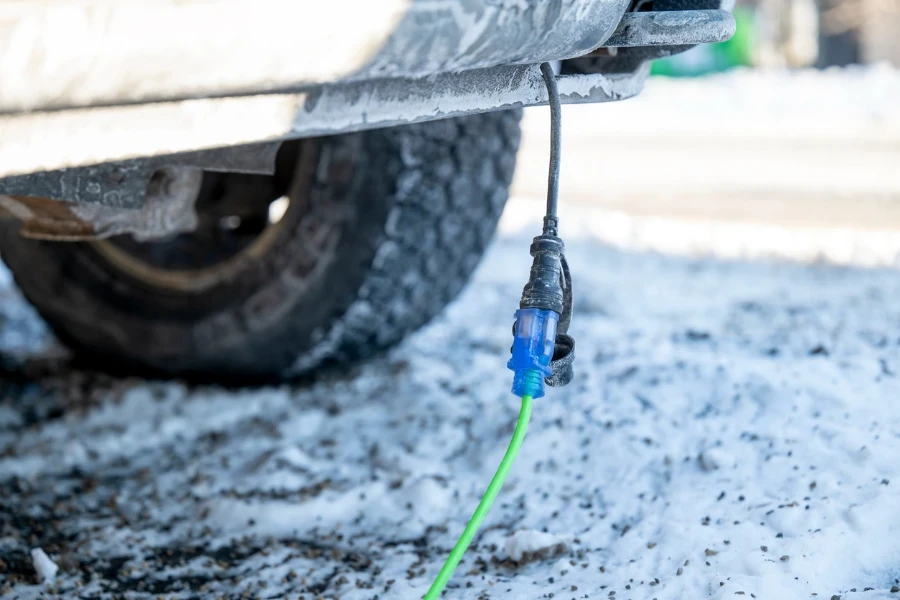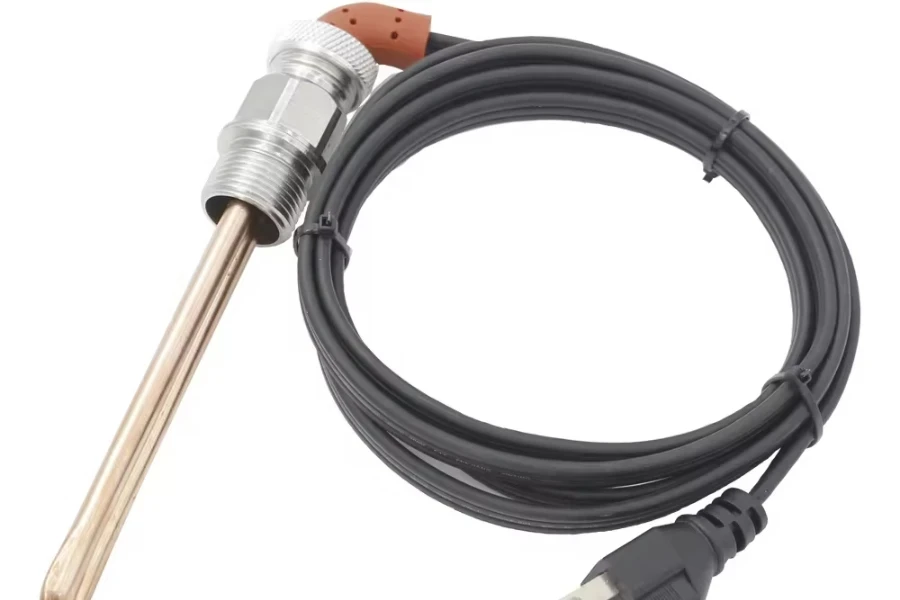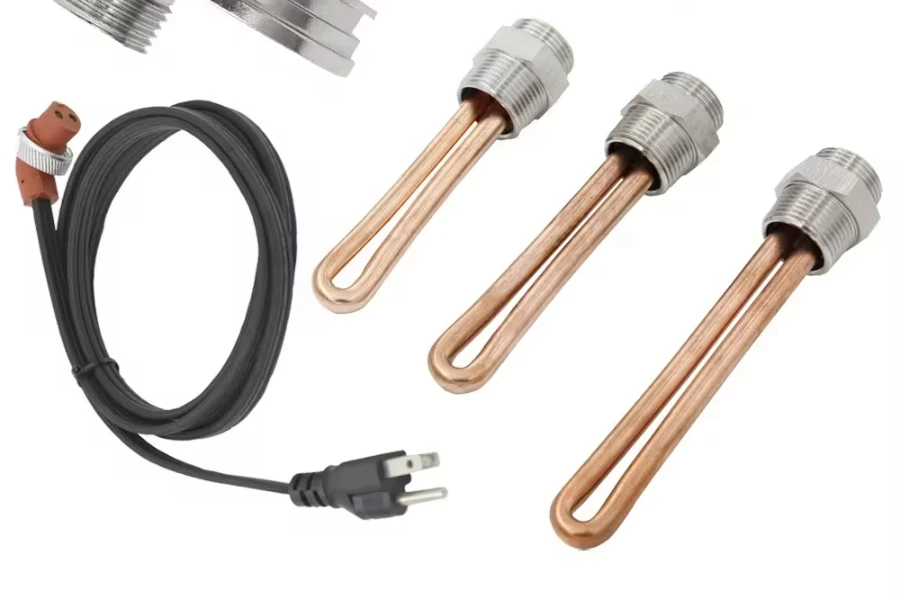As temperatures plummet, vehicle maintenance takes on a new level of complexity. Among the myriad of components designed to protect and enhance the performance of your vehicle in cold weather, the block heater stands out. This article delves into the essence of what a block heater does, unraveling its significance, operation, benefits, and installation insights. By understanding this vital component, drivers can ensure their vehicles remain reliable and ready to face the winter’s harshness.
Table of Contents:
– The essence of block heaters
– How block heaters work
– Key benefits of installing a block heater
– Installation insights
The essence of block heaters

Block heaters are not just another vehicle accessory; they are a winter necessity in many regions. Primarily, they are designed to pre-warm the engine of a vehicle, making it easier to start in cold temperatures. The core idea behind a block heater is to maintain optimal engine temperature, reducing the wear and tear that cold starts impose on the engine.
In regions where the mercury dips significantly, the oil in an engine can become as thick as molasses. This viscosity makes it harder for the engine to turn over, increasing the strain on the battery and starter motor. A block heater warms the engine block and, consequently, the oil, ensuring that the vehicle starts smoothly and operates efficiently, even on the coldest days.
Moreover, the utilization of a block heater extends beyond mere operational efficiency. It plays a pivotal role in reducing the environmental impact of your vehicle. By facilitating a quicker warm-up time, it reduces fuel consumption and decreases emissions during the engine’s critical initial operating phase.
How block heaters work

Understanding the operation of a block heater illuminates its importance. At its core, a block heater is an electrical device that plugs into a standard household AC power outlet. It uses electrical resistance to generate heat, which is then transferred to the engine block of the vehicle.
There are several types of block heaters, but the most common is the coolant heater. This variant circulates warm coolant through the engine block, ensuring an even distribution of heat. Other types include oil pan heaters, which directly warm the engine oil, and electric pad heaters that attach to the bottom of the engine block.
Regardless of the type, the principle remains the same: by maintaining a warmer engine temperature, the vehicle can start more easily and reach optimal operating conditions faster. This not only enhances the longevity of the engine but also improves overall vehicle performance in cold weather.
Key benefits of installing a block heater

The installation of a block heater offers numerous advantages, particularly for those residing in cold climates. Firstly, it significantly improves engine start-up reliability. Cold weather can be brutal on a vehicle’s battery and starter motor; a block heater mitigates these challenges by ensuring the engine is at a more favorable starting temperature.
Secondly, it contributes to the longevity of your vehicle’s engine. Cold starts are known to cause rapid engine wear due to inadequate lubrication. By pre-warming the engine, block heaters ensure that the oil maintains its fluidity, providing better lubrication at startup and reducing engine wear over time.
Lastly, block heaters are beneficial for the environment. Vehicles emit a higher level of pollutants during cold starts. By reducing the time it takes for the engine to reach its optimal operating temperature, block heaters help decrease these emissions, contributing to cleaner air quality.
Installation insights

Installing a block heater is a task that can vary in complexity depending on the vehicle model and the type of heater. Some vehicles come equipped with a block heater from the factory, while others may require aftermarket installation.
For those considering an aftermarket block heater, it’s essential to choose the right type for your vehicle and consult a professional if you’re not comfortable with automotive DIY projects. The installation process typically involves identifying the best location for the heater, which could be in the engine block, oil pan, or coolant system, depending on the heater type.
It’s also crucial to ensure that the power cord is safely routed and secured to avoid contact with hot or moving parts. Proper installation not only guarantees the efficiency of the block heater but also ensures the safety of the vehicle and its occupants.
Conclusion
Block heaters play an indispensable role in vehicle maintenance during the cold months, offering enhanced reliability, reduced wear and tear, and environmental benefits. Understanding what a block heater does and how it contributes to your vehicle’s winter readiness can make a significant difference in your driving experience. With the right information and installation, you can ensure your vehicle remains dependable, regardless of how low the temperature drops.




